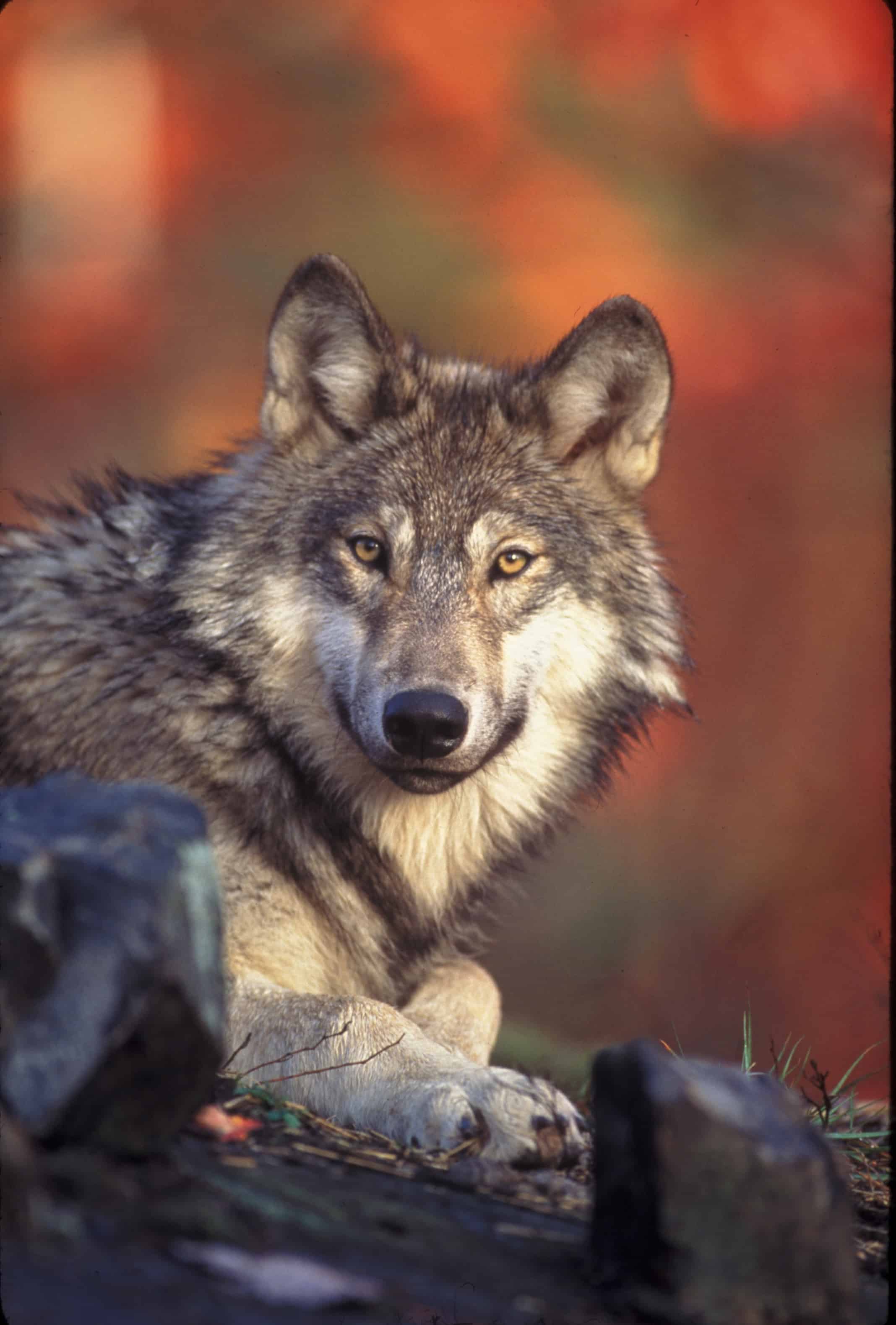The future of gray wolves in Washington

There is no denying it; wolves are returning to the Evergreen State. Once again home to gray wolves, Washington state now has two confirmed wolf packs: the Lookout Pack in western Okanogan County and the Diamond Pack in Pend Oreille County. That number is expected to increase as a result of the dispersal of wolves from recovering populations in Idaho and Montana, and dispersers from British Columbia.
The return of wolves to the Washington ecosystem is significant. Wildlife biologists consider the wolves an “apex†predator, referring to their role in maintaining the delicate balance of nature. Wolves primarily hunt old, weak and sick animals in a herd, promoting healthy, stable ungulate populations. The presence of wolves in an ecosystem also promotes the dispersal of elk, preventing them from over browsing stream banks. Research has shown that with the return of wolves to an ecosystem, stands of cottonwoods and willows along streams thrive, benefiting beavers, songbirds and other wildlife. Scavengers, such as wolves, ravens, magpies, golden eagles, bald eagles and grizzly bears also benefit from the return of wolves, as they scavenge wolf kills. One scavenger that doesn’t benefit is the coyote. In Yellowstone National Park coyote populations have decreased, leading to increased populations of pronghorn antelope and red fox.
However, the return of wolves and how to manage them is complicated and controversial.  In response, the Washington Department of Fish and Wildlife (WDFW) developed a state wolf conservation and management plan. WDFW appointed an advisory Wolf Working Group, comprised of 17 citizens including wolf conservation representatives, ranchers and hunters, who provided recommendations on the plan. The draft plan establishes conservation and management objectives for “down listing” (changing the status under the Endangered Species Act from endangered to threatened) and delisting the species and identifies strategies to address conflicts and achieve recovery. This draft plan incorporates recommendations and suggestions from public scoping comments, peer review comments, WDFW reviews and the Wolf Working Group recommendations. The plan is available on the Washington Department of Fish and Wildlife website.
In October and November a series of public meetings were held across the state providing an opportunity for Washington citizens to voice their thoughts and concerns regarding the draft plan. Public comments will be taken through January 8, 2010 and can be made through an online portal, sent directly via email to SEPAdesk@dfw.wa.gov, mailed or faxed.
At the November 4th public hearing Mount Vernon community members shared their comments, concerns and opinions about the draft state wolf conservation and management plan. Comments included: concern about the lack of science based research supporting the plan, questioning the decision to delist when only 15 breeding pairs have established, worry about the rush to implement the plan without adequate time to conduct research, suggesting habitat connectivity be addressed in the plan, interest in how WDFW will address overpopulation of wolves, worry about the impact of the wolves on ungulate populations and livestock, and many more. The public hearing was well attended and individuals spoke passionately and honestly about wolves in Washington.
The return of wolves to Washington impacts different people, communities, and lifestyles differently. The role of WDFW is to ensure that everyone’s voice is heard and that their concerns are addressed. If you have comments about the draft send them in! Now is the time to make your voice heard and to make an impact on the future of wolves in Washington.


Thanks for writing on this important issue. I am thrilled that wolves have returned to Washington.